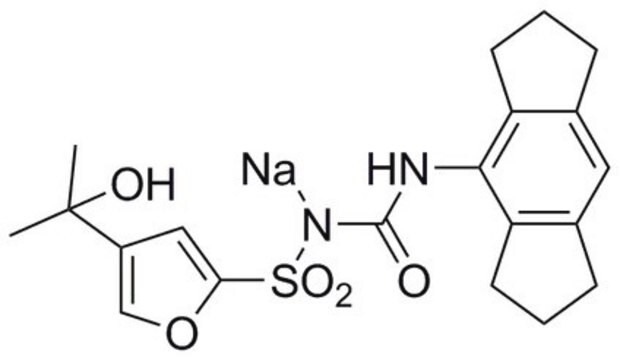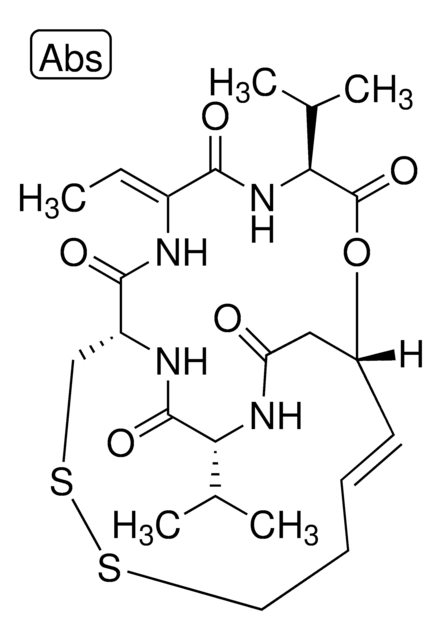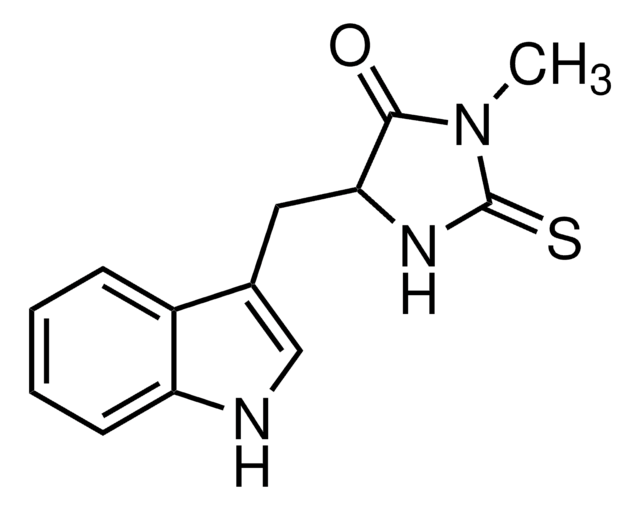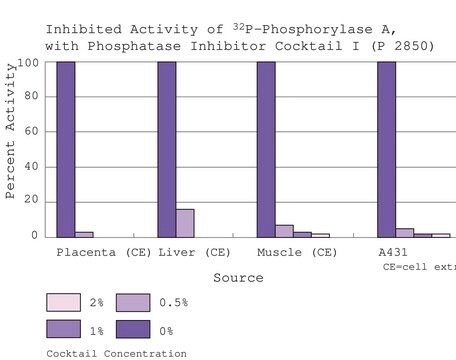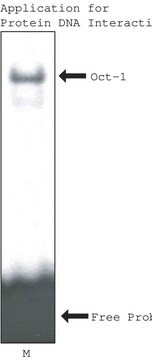SML2100
RIPA-56
≥98% (HPLC)
Synonym(s):
N-Benzyl-N-hydroxy-2,2-dimethylbutanamide, RIPA56
Sign Into View Organizational & Contract Pricing
All Photos(1)
About This Item
Empirical Formula (Hill Notation):
C13H19NO2
CAS Number:
Molecular Weight:
221.30
UNSPSC Code:
12352200
NACRES:
NA.77
Recommended Products
assay
≥98% (HPLC)
form
powder
color
white to beige
solubility
DMSO: 2 mg/mL, clear
Storage temp.
2-8°C
Biochem/physiol Actions
RIPA-56 is a metabolically stable type III kinase inhibitor that targets receptor-interacting protein 1 kinase (RIP1; RIPK1) in a highly potent and selective manner (RIP1 IC50 = 13 nM) by locking RIP1 in its inactive form, exhibiting no inhibitory potency toward RIP3, IDO or a panel of multiple kinases (tested at 10, 200, and 5 μM, respectively). RIPA-56 protects against TNFα-induced necroptosis (necrosis) upon apoptosis/NF-κB pathway blockage (EC50 = 27 nM/murine L929 and 28 nM/human HT-29 cells) in cultures as well as TNFα-induced mortality and multiorgan damage in a murine model of systemic inflammatory response syndrome (SIRS) in vivo (100% survival rate with 3 mg/kg/12 h or single 6 mg/kg i.p.) with good pharmacokinetics and bioavailability (F post 10 mg/kg p.o. or i.p. dosing = 22% and 100%, respectively, of 2 mg/kg i.v.). Long-term daily RIPA-56 supplementation (150 or 300 mg/kg in chow) is reported to prevent aging-associated deterioration of the male reproductive system in mice.
Storage Class
11 - Combustible Solids
wgk_germany
WGK 3
flash_point_f
Not applicable
flash_point_c
Not applicable
Certificates of Analysis (COA)
Search for Certificates of Analysis (COA) by entering the products Lot/Batch Number. Lot and Batch Numbers can be found on a product’s label following the words ‘Lot’ or ‘Batch’.
Already Own This Product?
Find documentation for the products that you have recently purchased in the Document Library.
Customers Also Viewed
Bo Yan et al.
Chemical communications (Cambridge, England), 53(26), 3637-3640 (2017-03-08)
We report the development of novel Mixed Lineage Kinase Domain-Like protein (MLKL) inhibitors with single nanomolar potency (compound 15 is also named as TC13172). Using the converting biochemistry to chemistry activity-based protein profiling (BTC-ABPP) method, we were able to determine
Yan Ren et al.
Journal of medicinal chemistry, 60(3), 972-986 (2016-12-20)
On the basis of its essential role in driving inflammation and disease pathology, cell necrosis has gradually been verified as a promising therapeutic target for treating atherosclerosis, systemic inflammatory response syndrome (SIRS), and ischemia injury, among other diseases. Most necrosis
Dianrong Li et al.
eLife, 6 (2017-08-16)
A pair of kinases, RIPK1 and RIPK3, as well as the RIPK3 substrate MLKL cause a form of programmed necrotic cell death in mammals termed necroptosis. We report here that male reproductive organs of both Ripk3- and Mlkl-knockout mice retain
Our team of scientists has experience in all areas of research including Life Science, Material Science, Chemical Synthesis, Chromatography, Analytical and many others.
Contact Technical Service



